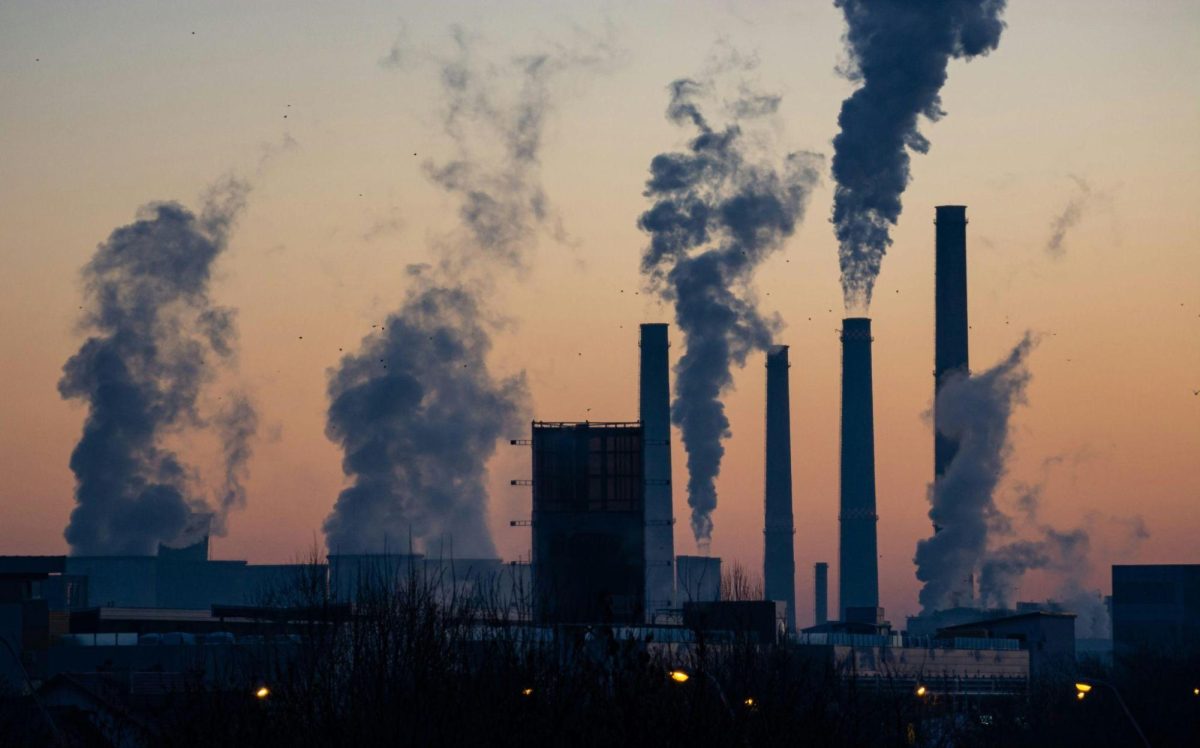
Most people envision factory pollution, distant oil spills, or hazy city skylines when thinking about environmental toxins. However, exposure to toxins happens everywhere quite insidiously, from lead paint lingering in old dorm rooms to chemicals lurking in cleaning products. Young adults face real risks from environmental hazards that can have far-reaching consequences well beyond their graduation. Here’s everything you need to know:
Invisible Exposure Starts Earlier Than You Think
Many people associate long-term toxin exposure with older generations, but early exposure increases cumulative risk. Over 1.7 million children under five die annually due to environmental conditions, and the biological vulnerabilities that make children susceptible often extend into young adulthood.
Even minimal, repeated exposure to chemicals (like formaldehyde or benzene) during early adult years can elevate risks for cancer, neurological disorders, and reproductive issues later in life. College students may unknowingly encounter such toxins on a regular basis, particularly those living in older buildings or working in part-time industrial jobs.
Toxins in Everyday Products
Even mundane objects can include possibly noxious compounds. Cleaning products, adhesives, cosmetics, and even treated furniture release volatile organic compounds (VOCs) over time, which have been linked to respiratory issues and decreased cognitive function.
Indoor pollution contributes to over 3.2 million premature deaths each year. For students spending hours in enclosed lecture halls, study rooms, or bedrooms with poor ventilation, the cumulative effects can be real.
The Silent Danger and Long-Term Risks of Asbestos
One of the most severe environmental toxins still lurking in old buildings is asbestos: a fibrous mineral previously used for insulation, now banned or restricted in many countries. However, buildings constructed before the 1980s may still contain it, and even minor renovations or deterioration can release fibers into the air.
Exposure to asbestos is the leading cause of mesothelioma, a rare and aggressive cancer that typically develops decades after exposure. Stage 4 mesothelioma cancer is especially difficult to treat, highlighting the importance of early prevention.
Long-Term Health Effects
Prolonged exposure to environmental toxins doesn’t always manifest in sudden, severe symptoms or starkly evident signs. Many illnesses creep up stealthily, and by the time the diagnosis happens, it can be impossible to reverse.
The World Health Organization estimates that 24% of global deaths are linked to environmental factors. These include chronic respiratory diseases, cancers, hormonal disruptions, cardiovascular illness, and immune dysfunction. In some cases, exposure during early adulthood can increase susceptibility to environmental triggers later in life, worsening pre-existing conditions like asthma or migraines.
What Can Students and Young Adults Do?
Awareness is a vital initial step. Students often obsess over short-term stressors like looming exams, social life, and internships, meanwhile overlooking environmental health, which can precipitate serious, potentially chronic complications down the line. Simple precautions can make a difference:
Use air purifiers in shared living spaces
Avoid aerosol sprays and harsh chemical cleaners
Check building histories for known asbestos or mold problems
Choose organic or unscented products when possible
Ask employers about workplace safety, especially in labs or construction settings
The Occupational Safety and Health Administration (OSHA) requires employers to provide hazard information and protective equipment, but not all students know this. It is crucial that students take the initiative to learn about their civic and state-protected rights.
Endnote
While the effects of environmental toxins might not be immediately visible, they can shape your long-term health trajectory in serious ways. For young adults, especially those entering the workforce or renting older housing, it’s essential to recognize the risks early and take proactive steps to reduce exposure. Education is a powerful tool. By learning about the hidden dangers in your surroundings, you not only protect yourself but also contribute to a healthier, more conscious generation.